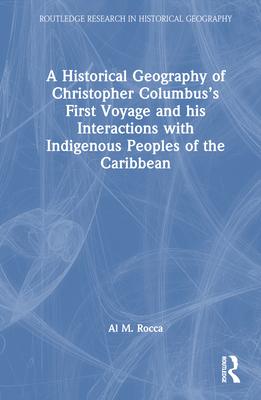This book offers a unique account of Christopher Columbus's first voyage, the most consequential voyage in world history. It provides a detailed day-by-day account of the explorer's travels and activities, richly illustrated with thematic maps.
This work expands our understanding of Columbus's first voyage by mapping his sea and land experiences, offering both a historical and geographical exploration of his first voyage. Traveling chronologically through events, the reader builds a spatial insight into Columbus's perspectives that confused and confirmed his pre-existing notions of Asia and the Indies, driving him onward in search of new geographic evidence. Drawing from a diverse range of primary and secondary historical resources, this book is beautifully adorned with illustrations that facilitate an in-depth exploration of the connections between the places Columbus encountered and his subsequent social interactions with Indigenous people. This methodology allows the reader to better understand Columbus's actions as he analyzes new geographic realities with pre-existing notions of the "Indies." Attention is given to Columbian primary sources which analyze how those materials have been used to create a narrative by historians. Readers will learn about the social and political structures of the Lucayan, Tano, and Carib peoples, achieving a deeper understanding of those pre-Columbian cultures at the time of contact.
The book will appeal to students and researchers in the disciplines of history, geography, and anthropology, and the general reader interested in Colombus.
